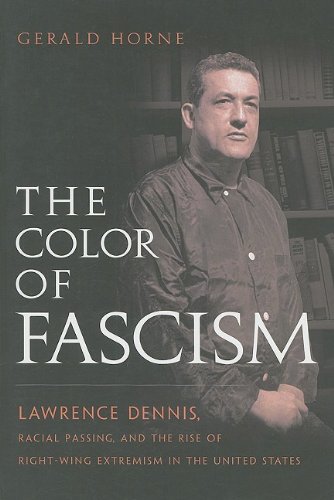I encountered a challenge to my beliefs about multi-race studies when I began to read Rainier Spencer’s (1999) ideas.Posted in Excerpts/Quotes on 2013-05-05 03:28Z by Steven |
…I encountered a challenge to my beliefs about multi-race studies when I began to read Rainier Spencer’s (1999) ideas. He is boldly critical of multi-race theory, which pushed me to think critically about my own understandings of multiracialism. In his book, Spurious Issues: Race and Multiracial Identity Politics in the United States, Spencer (1999) starts: “‘You’re not worried about me marrying your daughter,’ James Baldwin told a White southerner during a television debate. ‘You’re worried about me marrying your wife’s daughter. I’ve been marrying your daughter even since the days of slavery’” (p. 1). This quote re-ignites the reality of White superiority directly into one of society’s most personal, yet significantly political, spaces: marriage. Spencer does not hesitate to be confrontational about how historically oppressive and unreliable notions of multiracialism are, if we are ever to become a society without racism. He discusses how multiracial and antiracial ideologies could disrupt the U.S. racial ordering of society by asking “how can mixed-race or multiracial persons place themselves with consistency and meaning within that system?” (p. 5). The pain and frustration associated with multi-racialism remains as long as the myth of race remains. Spencer believes it is well past time to begin problematizing race categories altogether. He believes we must move away from classifications of people and promotes the ideology that we are all members of the human race…
Sonia Janis,“Am I Enough? A Multi-Race Teacher’s Experience In-Between Contested Race, Gender, Class, and Power,” Journal of Curriculum Theorizing, (Volume 28, Number 3, 2012). 134-135. http://journal.jctonline.org/index.php/jct/article/view/386

